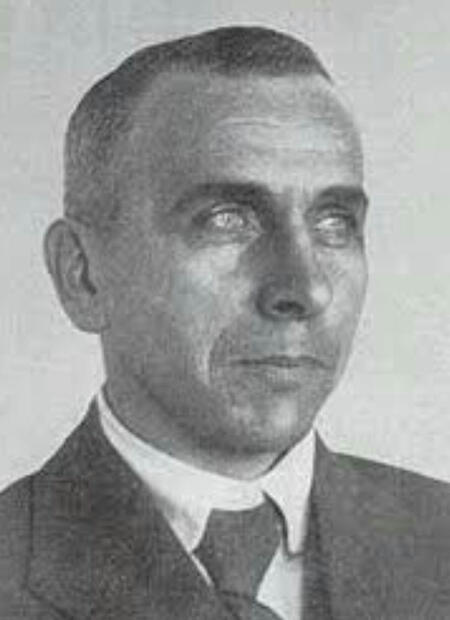
HISTORY OF EARTH SCIENCE

ALFRED WEGENER
November 1, 1880 - November 1930
NOTABLE CONTRIBUTIONS IN THE FIELD OF EARTH SCIENCE:
Wegener's most important scientific contribution was the theory of continental drift, which he initially presented in 1912. He argued that the continents did not remain fixed, but rather moved throughout time, moving their places on the Earth's surface. This groundbreaking concept called into question the commonly held view at the time that continents were permanent and immovable. Wegener suggested that Pangaea, a supercontinent that had existed approximately 200 million years ago, eventually split apart, with the continents migrating to their current locations. However, Wegener's idea was received with broad skepticism from the scientific community, notably from geologists who clung to the common belief in "land bridges" to explain the dispersal of fossils and rock formations across continents.
REFERENCES:
https://scied.ucar.edu/shortcontent/alfred-wegener-father-continental-drift
https://www.encyclopedia.com/people/science-and-technology/geology-and-oceanography-biographies/alfred-wegener
https://academicinfluence.com/inflection/study-guides/earth-science-pre-1900
This field of science has a long and rich history, dating back to ancient times, when people first began observing and trying to understand the natural world around them. The origins of the Earth sciences lie in the myths and legends of the distant past. The creation story, which can be traced to a Babylonian epic of the 22nd century BCE and which is told in the first chapter of Genesis, has proved most influential. However, the concepts were slow to develop, largely because the progress of science was constrained by whatever society would tolerate or support at any one time.
mineralogy was one of the fields that first made extensive use of the scientific method.
Danish priest-scientist Nicolas Steno, a major figure in early mineralogy, and the developer of the first law of crystallography, . He wrote rules of stratigraphy that James D. Hutton later drew upon to formulate what we now call “geologic time”.
Charles Lyell made significant contributions to the development of geological concepts
The theory of uniformitarianism proposed that the Earth's features had been formed over long periods of time through slow, gradual processes.
In the 20th century, Earth science underwent significant advances due to technological breakthroughs and increased awareness of the planet's systems, including the revolutionary work of Alfred Wegener on continental drift.
Advances in technology such as seismic imaging and satellite remote sensing also revolutionized the field, allowing scientists to study the Earth's interior and global systems in greater detail than ever before.
Today, Earth science remains a critical field of study, as scientists continue to work towards a better understanding of the complex interplay of the Earth's various systems, and to address pressing environmental challenges facing our planet.